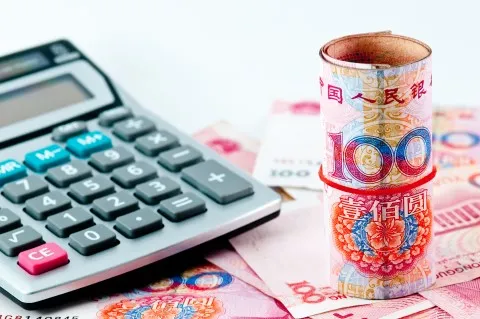
Foreign banks' China exposure up 2.4% in the first half of 2016
Hong Kong banks' exposure is still the largest at 48.5%.
Fitch Ratings continues to view mainland exposure as the most significant concentration of risk for Hong Kong banks, even though it has performed well to date.
The total mainland China exposure (MCE) of foreign banks rose by 2.4% in the six months to end-June 2016, after falling by 14% in 2015. Hong Kong banks account for the largest share of MCE, at 48.5% as of end-June, and led the turnaround in the first half of the year.
Their MCE had rebounded to 27.6% of Hong Kong's system-wide assets by end-June from 26.9% at end-March 2016 (2015: 27.3%). MCE accounts for one-third of Macau's system-wide assets, and is also significant for the Singapore and Taiwan banking systems.
Here's more from Fitch:
Fitch expects Hong Kong's MCE to continue rising - broadly - over the next few years, as the Hong Kong and Chinese economies become more interconnected, as Hong Kong banks become more sophisticated in their China-related activities, and as data availability and corporate governance on the mainland continue to improve.
We believe that Chinese corporates' international expansion will be another growth factor, as this creates opportunities for the larger banks to finance them abroad. Hong Kong banks and the Hong Kong branches of foreign banks are accounting for a rising share of Hong Kong MCE, while the onshore activities of Hong Kong banks through their China subsidiaries have fallen.
The proportion of new lending denominated in renminbi is likely to continue rising in the medium term, owing to the internationalisation of the renminbi and the change in FX expectations. Hong Kong banks' outstanding renminbi loans had reached a new high of CNY308bn - or 46% of renminbi deposits - by end-September, up by 3% from end-2015.
The key drivers of the decline in MCE through 2015 were shifts in the outlook for the yuan and a fall in Chinese interest rates. Those factors have not changed, but we believe the adjustment in FX-speculation-linked lending has now run its course and that genuine trade-related growth will pick up again. Strong demand for cross-border financing had previously been driven by mainland borrowers' trade-related arbitrage activities rooted in expectations for further yuan appreciation.
The steady rise in the proportion of Hong Kong MCE accounted-for by claims on the non-bank sector - particularly private and non-mainland entities - is likely to continue. Claims on banks can be volatile, and represented just 25% of MCE exposure at end-June, down from a peak of 43% just over two years earlier.
Fitch continues to see China-related exposure - in particular its rapid rise over the last decade - as the biggest asset-quality risk for Hong Kong's banks, as China's economy is highly leveraged and is going through a structural slowdown. MCE has, however, performed relatively well to date, with recent sector data showing only marginal deterioration.
A few banks have high China NPL ratios but their collateral coverage is strong, and those banks have scaled back their riskier onshore SME lending. In addition, the reported China NPLs are based on a narrower geographical definition and capture what is likely to be a relatively riskier subset of MCE, in most cases dominated by the loans of on-shore subsidiaries.
















 Advertise
Advertise






